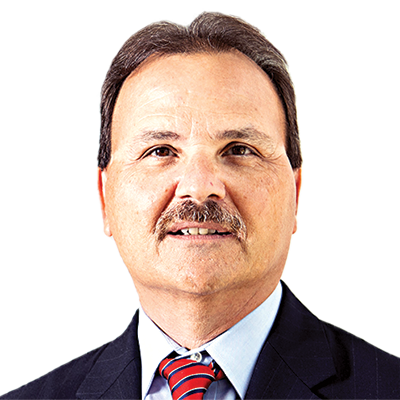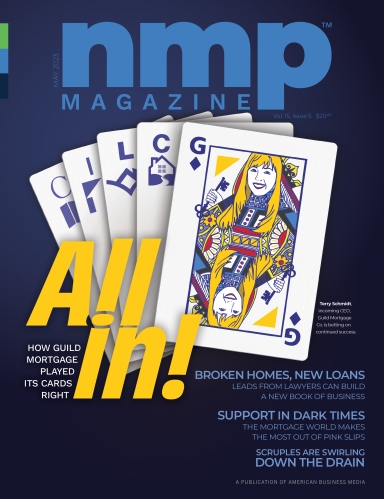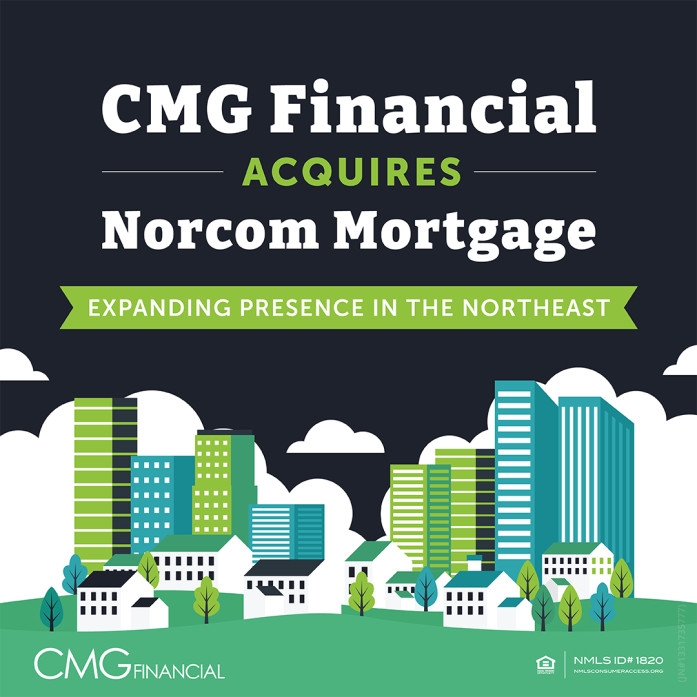Recent SVB and Signature Bank failures notwithstanding, the financial industry’s stability for surviving a major downturn could depend on large, nonbank mortgage players. These entities are thinly capitalized, have high leverage, are subject to no federal safety and soundness oversight and sit on top of large exposures to highly volatile assets. They’re prone to excessive risk-taking.
During the 2008 financial crisis, hundreds of nonbank mortgage lenders and servicers went bankrupt. Since they have enjoyed a renaissance of sorts. This rise filled a void left behind by depositories reeling over mounting credit losses, intense regulatory scrutiny, litigation, and reputation damage. However, while market conditions in recent years remained strong, nonbanks have posed significant risk to the stability of the mortgage market when another major downturn inevitably occurs.
Today, the corporate structure and weak regulatory oversight of nonbanks prioritizes short-term business objectives over long-term viability. These factors, moreover, invite weak risk management governance and practices, which at some point will manifest into poor loan-manufacturing quality, resulting in extraordinary losses for the mortgage industry and another industry shakeout.
According to recent research, between 2007 and 2016 the share of nonbank origination volume rose from 20% to about 50%. These same lenders today represent three-quarters of loans sold to Ginnie Mae. What’s more, since the crisis, the share of nonbank mortgage servicing rose significantly.












